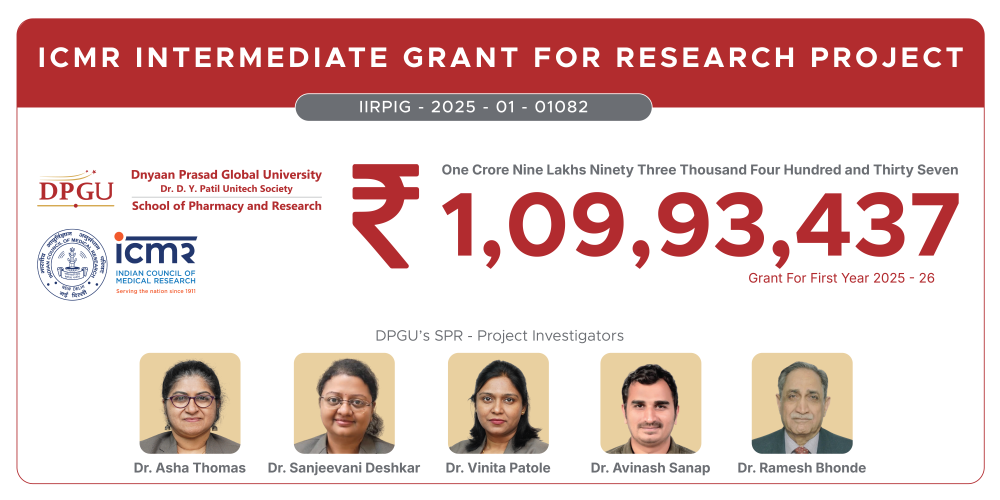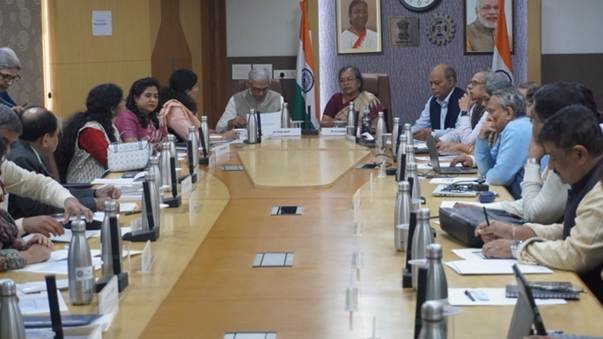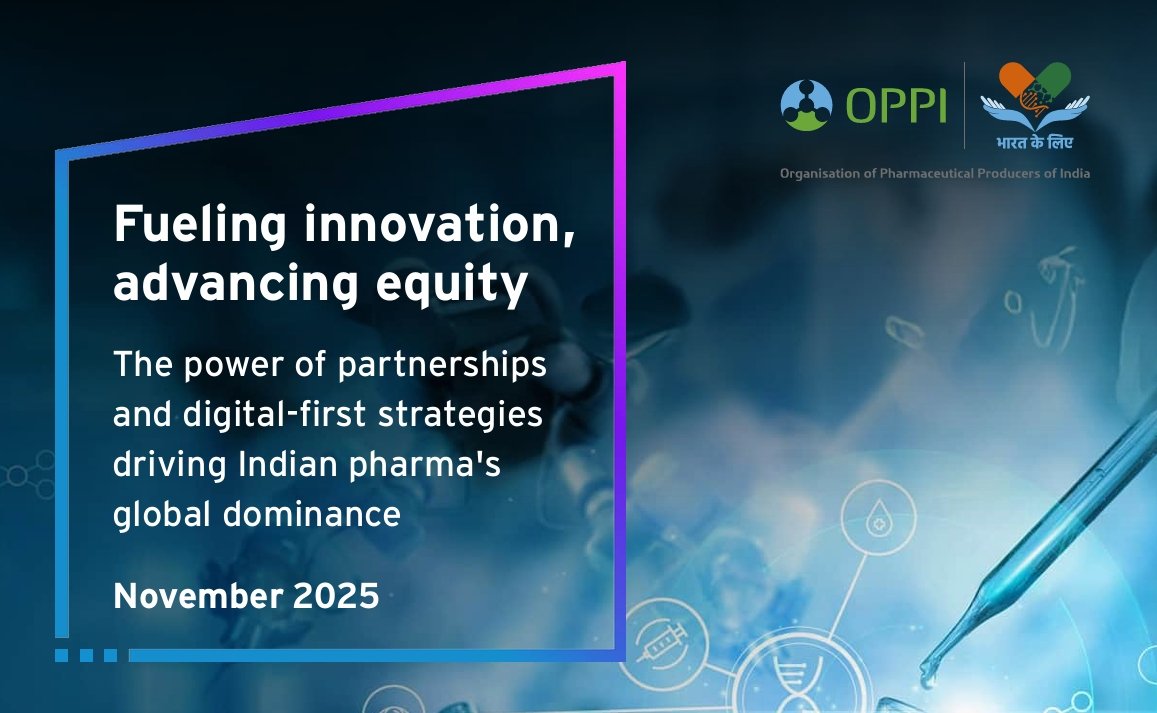Second green revolution – need of the hour
May 06, 2009 | Wednesday | News
Second
green revolution – need of the hour
 For the first time in history, within the
framework of the G8 Summit, the agriculture ministers of the Group of
Eight met to discuss the issue of food security in Italy. The Group
reiterated that agriculture and food security remain
at the core of the international agenda.
For the first time in history, within the
framework of the G8 Summit, the agriculture ministers of the Group of
Eight met to discuss the issue of food security in Italy. The Group
reiterated that agriculture and food security remain
at the core of the international agenda.
One of the conclusions the Group actively endorsed was that
more needed be done to increase the quantity and quality of
agricultural production and enable all citizens to have economic and
physical access to safe and nutritious food. The final G8
declaration also called for enhanced support including investments in
agricultural science, research, technology, education, extension
services, and innovation.
It is high time for the international community to look at the issue of
securing global food supply. When prices for wheat, corn and other key
agricultural commodities soared to record highs in spring 2008, the
world noticed for the first time in years that we cannot take
sufficient food supply for granted. But when raw materials prices
dropped as a result of record harvests last year and the global banking
crisis kicked in, the topic of world food security was quickly off the
agenda again.
However, the real root cause of the food crisis remains in many
developing countries. The food question therefore, will clearly need to
receive high priority in the coming years. In this article, we are
looking at the questions of how we can safeguard the supply of food in
the long term and what role India as one of the largest producers of
key agricultural commodities can play in this regard.
The discussion concerning the higher level of food prices firstly
highlights one thing: the growing awareness that food does not just
fall from heaven. To a certain extent, the Western industrialized
nations have little understanding about how agricultural produce is
made. The fact that the industrialized nations can purchase fruit and
agricultural produce from around the world at reasonable prices
regardless of the season has become too much a matter of course. This
perception is fed by the fact that food prices have dropped by some 75
percent since the 1970s as a result of progress in productivity. In
Europe we have even promoted organic agriculture, which on average
means that twice as much land has to come under the plow than in
conventional agriculture.
The tables began to turn in 2005. In a three-year period, prices have
risen by 75 percent. The rising food prices are first of all the
straightforward result of a surplus in demand coupled with a limited
supply: increasing numbers of people have to be fed from an area of
land that is, at best, remaining constant. While the area of land that
is suitable for agriculture cannot in principle be extended without
intervening in protected nature reserves, the population is increasing
annually by some 80 million people. By 2050, only one-third of the
arable land that we had per person in the 1950s will be available to
feed the world population.
Another crucial factor for raising food prices is the greatly increased
energy costs in recent years. The constant increase in mineral oil
prices has made farmers’ production costs considerably more
expensive. Since 2000, the crude oil price on the one hand and wheat,
corn, rapeseed and soy on the other have increased largely in parallel.
Furthermore, in the past two years, other factors have also
had an impact on pricing, including weather-related harvest losses, for
example, the worst drought in the century in Australia.
While the prices of agricultural raw materials have come off the peaks
in spring, the Organization for Economic Co-operation and Development
(OECD) expects the level of food prices in the coming 10 years to
remain significantly above the levels of the past decade. In the year
2008, food prices registered an increase in major food deficit
countries. In general, food prices in many of the developing countries
are significantly higher than they were two years ago. Food insecurity
is clearly on the rise.
In this scenario, India as one of the largest producers of key
agricultural commodities can play a very important role in expanding
the supply of agricultural raw commodities and thereby mitigating the
current high prices of food stuff.
Clearly, India has the potential to significantly contribute to the
world food supply as one of the principal food grain producers. This
has to be coupled with a holistic approach that employs optimized crop
rotation and watering techniques as well as the development of new crop
protection solutions and seeds with greater yield potential.
About 50 percent of all crops are lost globally due to insects, weed
pressure, plant diseases and post harvest losses. Considering the
climate change, the total crop loss rate might deteriorate even further
in future. Therefore, the targeted and responsible use of innovative
crop protection method is a prerequisite to further expanding
agricultural production.
At the same time, we need to take better advantage of the
potential inherent in modern seed breeding. Since the 1960’s,
when the efforts of the green revolution helped to push crop yields
above population growth, the yield increase of newly bred seed
varieties has declined significantly. Today, traditionally bred seed
varieties show comparatively low average yield increases per annum.
This is why, against the background of an ever increasing world
population and rising demand for agricultural produce, we must renew
our efforts to stimulate crop yields. What we need is nothing less than
a second green revolution, which will help us raise production yields
and thereby secure healthy food for all – today and in 50
years from now.
Although there is still much opposition to the use of modern breeding
methods in many countries around the world, India has made very
positive experience with this technology for a number of years already.
At the G8 summit, India can bring this experience to the table. For me,
it is obvious: a thorough discussion of plant biotechnology should not
be neglected if we look at the immense nutrition challenges the world
is facing. Biotech breeding might be an important alternative if a
breeder needs to increase yields further.
In the future, we will most likely to see a more widespread use of
plant biotechnology in India and other regions of the world. According
to estimates by the Council on Biotechnology Information, green biotech
could further increase global yield potential by some 25 percent over
the coming years.
These kinds of technologies offer viable solutions to enhance
productivity and provide solutions to further boost agriculture. We
must not continue to close our eyes to the opportunities inherent in
innovative crop protection, modern plant breeding and genetic
engineering. We need a second green revolution.
Prof. Dr Dr h c
Friedrich Berschauer has been associated with Bayer Corporation since
1993. He held various positions at Bayer and since April 1, 2004, he
has been serving as chairman of the Board of Management of Bayer
CropScience AG, Germany.


 For the first time in history, within the
framework of the G8 Summit, the agriculture ministers of the Group of
Eight met to discuss the issue of food security in Italy. The Group
reiterated that agriculture and food security remain
at the core of the international agenda.
For the first time in history, within the
framework of the G8 Summit, the agriculture ministers of the Group of
Eight met to discuss the issue of food security in Italy. The Group
reiterated that agriculture and food security remain
at the core of the international agenda.






